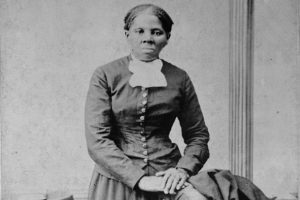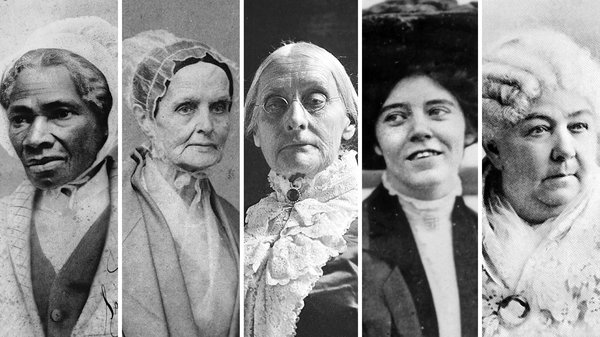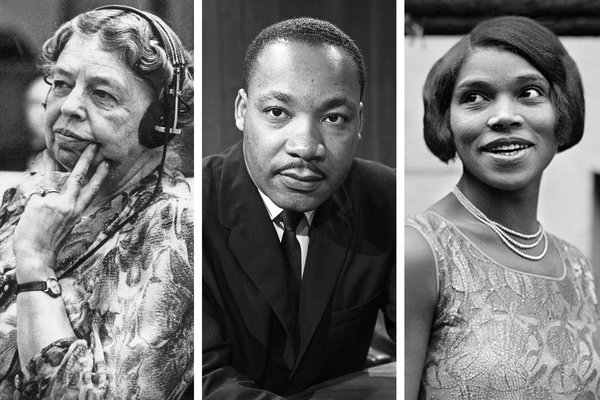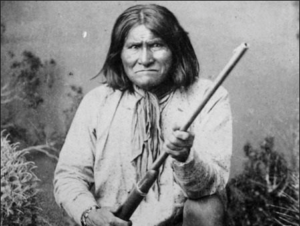The Treasury Department announced Wednesday that women will feature prominently in new designs for the $20, $10, and $5 bills. Here, according to the April 20 edition of the New York Times, are the proposed changes:
Front of the $20 bill: Harriet Tubman
Back of the $10 bill: Sojourner Truth, Lucretia Mott, Susan B. Anthony, Alice Paul, and Elizabeth Cady Stanton
Back of the $5 bill: Eleanor Roosevelt, Dr. Martin Luther King Jr., and Marian Anderson
The Treasury set 2030 for the new bills to be in circulation. But interest groups are already lobbying to have them in circulation before the 100th anniversary of women’s suffrage in 2020.
There is no denying the symbolism of these new designs. And none is more symbolic than replacing Andrew Jackson, a former slaveholding president, with Harriet Tubman, a former slave turned abolitionist. That the $20 bill is second only to the $1 bill in circulation only enhances this symbolism.
But any American not familiar with each and every one of these famous people should be ashamed of himself. They were, of course, key figures in the fight to end slavery, the campaign for women’s suffrage, and the struggle for black civil rights, respectively. This is why one would be hard-pressed to criticize these new designs.
Hence, I share the following advisedly.
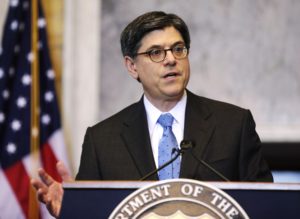 I applaud Treasury Secretary Jack Lew for endorsing this “most sweeping and historically symbolic makeover of American currency in a century.” After all, the original plan called for replacing Alexander Hamilton, the country’s first Treasury secretary no less, with Susan B. Anthony on the $10 bill; notwithstanding that Anthony, arguably the most famous suffragette, already graces the $1 coin.
I applaud Treasury Secretary Jack Lew for endorsing this “most sweeping and historically symbolic makeover of American currency in a century.” After all, the original plan called for replacing Alexander Hamilton, the country’s first Treasury secretary no less, with Susan B. Anthony on the $10 bill; notwithstanding that Anthony, arguably the most famous suffragette, already graces the $1 coin.
Incidentally, in “U.S. Putting Woman on Wrong Dollar Bill,” June 22, 2015, I delineated why the Treasury should leave Hamilton on the $10 and replace Jackson on the $20 – as it now plans to do.
 But I chastise Secretary Lew for citing the providential popularity of Lin-Manuel Miranda’s Broadway musical, Hamilton, as inspiration for endorsing these changes. Especially given the more credible inspiration Women on 20s provided with their non-profit, grassroots campaign “to put a woman’s face on our paper currency.”
But I chastise Secretary Lew for citing the providential popularity of Lin-Manuel Miranda’s Broadway musical, Hamilton, as inspiration for endorsing these changes. Especially given the more credible inspiration Women on 20s provided with their non-profit, grassroots campaign “to put a woman’s face on our paper currency.”
After all, this is rather like congressional leaders citing a revival of Lorraine Hansberry’s play, A Raisin in the Sun, as inspiration for approving the MLK Memorial. Especially given the more credible inspiration Alpha Phi Alphas provided with their lobbying and fundraising to put this memorial to their most famous “Brother” on the National Mall.
Not to mention that women could be forgiven for greeting this belated honor with bittersweet appreciation. Not least because it does nothing to redress the fact that they are still only making on 78 cents for every dollar men make….
On the other hand, I appreciate why American leaders (black and white) are continually honoring Martin Luther King Jr. – who led the march for black civil rights. In doing so, however, they are continually overlooking Frederick Douglass – who led the fight to free blacks from slavery.
In “Mall at Last, Mall at Last, Thank God Almighty a Black Is on the Mall at Last,” November 14, 2006, I delineated why Douglass’s heroic biography and leadership make him eminently worthier than MLK in this context. Here is an excerpt.
__________________
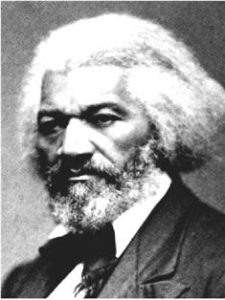 Douglass was born in slavery; MLK was born in freedom.
Douglass was born in slavery; MLK was born in freedom.- Douglass spent his formative years on a plantation scrapping with his master’s dogs for food to eat; MLK spent his in relative luxury dining with America’s black elite.
- Douglass taught himself to read and write; MLK attended America’s best schools, including Morehouse College and Boston University.
- Douglass escaped from slavery, settled in the North, and began his political activism by leading challenges to segregation laws, which were as strictly enforced in the Antebellum North as they were in the Deep South; MLK graduated from university, settled in the South, and began his political activism by accepting calls to lead blacks – who had already begun the now-seminal Montgomery Bus Boycott.
- Douglass had no peer among blacks in the fight to end slavery; MLK had Stokely Carmichael and Malcolm X – whose message of self-defense and black nationalism resonated more with young blacks (for whom ‘by any means necessary’ was far more liberating and empowering than ‘I have a dream’).
- Douglass left no trail of marital infidelities in his wake that could compromise judgement of the content of his character; MLK did, so much so that, in my resigned attempt to defend his character, I was constrained to title my commentary “Martin Luther King Jr Was Also a Womanizer, So What?”, January 4, 2006.
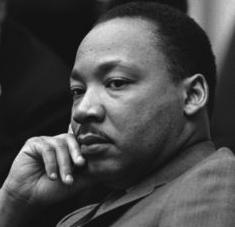 Douglass lived long enough (to age 77) not only to see his dream of abolition fulfilled, but also to become a professional man (as a U.S. Marshall and recorder of deeds), an international statesman (as U.S. Ambassador to Santo Domingo and Haiti), and a political champion for yet another cause (women’s suffrage); MLK died too soon (at age 39) not only to see his dream of racial equality fulfilled, but also to pursue any ambition outside of the black liberation struggle.
Douglass lived long enough (to age 77) not only to see his dream of abolition fulfilled, but also to become a professional man (as a U.S. Marshall and recorder of deeds), an international statesman (as U.S. Ambassador to Santo Domingo and Haiti), and a political champion for yet another cause (women’s suffrage); MLK died too soon (at age 39) not only to see his dream of racial equality fulfilled, but also to pursue any ambition outside of the black liberation struggle.- Douglass’s published works on the fight for freedom from slavery are voluminous; MLK’s on the struggle for black civil rights are modest by comparison (for obvious reason). (I refer you to articles from one of Douglass’s many newspapers, The North Star, as well as his three autobiographies Narrative of the Life of Frederick Douglass—an American Slave, My Bondage and My Freedom, and Life and Times of Frederick Douglass. It might also interest you to know that eyewitness accounts – by the likes of famous abolitionist William Lloyd Garrison – suggest that Douglass was every bit the orator MLK was. Indeed, it’s arguable that his “What to the slave is the 4th of July?” speech, which he delivered on July 5, 1852, was even more provocative and inspiring than MLK’s ‘I Have A Dream’ speech, which he delivered on August 28, 1963.
__________________
Notwithstanding the above, my most damning criticism of this historic makeover of the paper currency is the blithe and conspicuous absence of any Native Americans. This is especially egregious given the genocidal injustices Andrew Jackson perpetrated against these original inhabitants of this great continent.
Nonetheless, I trust you understand why elaborating would only compound this oversight.
Finally, there’s this sobering and prescient note. I sounded it when the Treasury was planning only to replace Hamilton with Anthony on the $10 bill:
Truth be told, paper currency is falling into such desuetude the media hype surrounding this belated and patently misguided honor seems contrived. It’s rather like hailing the appointment of a Native American as Postmaster General of the United States Postal Service; that is, now that e-mails and instant messaging are all the rage.
(“U.S. Putting Woman on Wrong Dollar Bill,” The iPINIONS Journal, June 22, 2015)
Related commentaries:
The Mall at last…
Woman on dollar bill…
